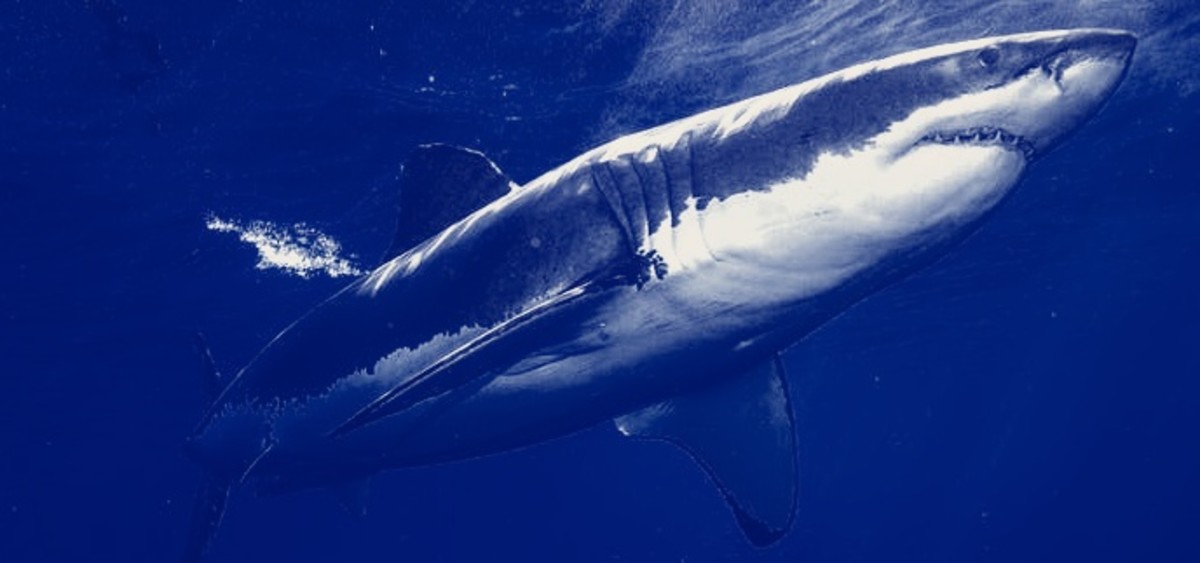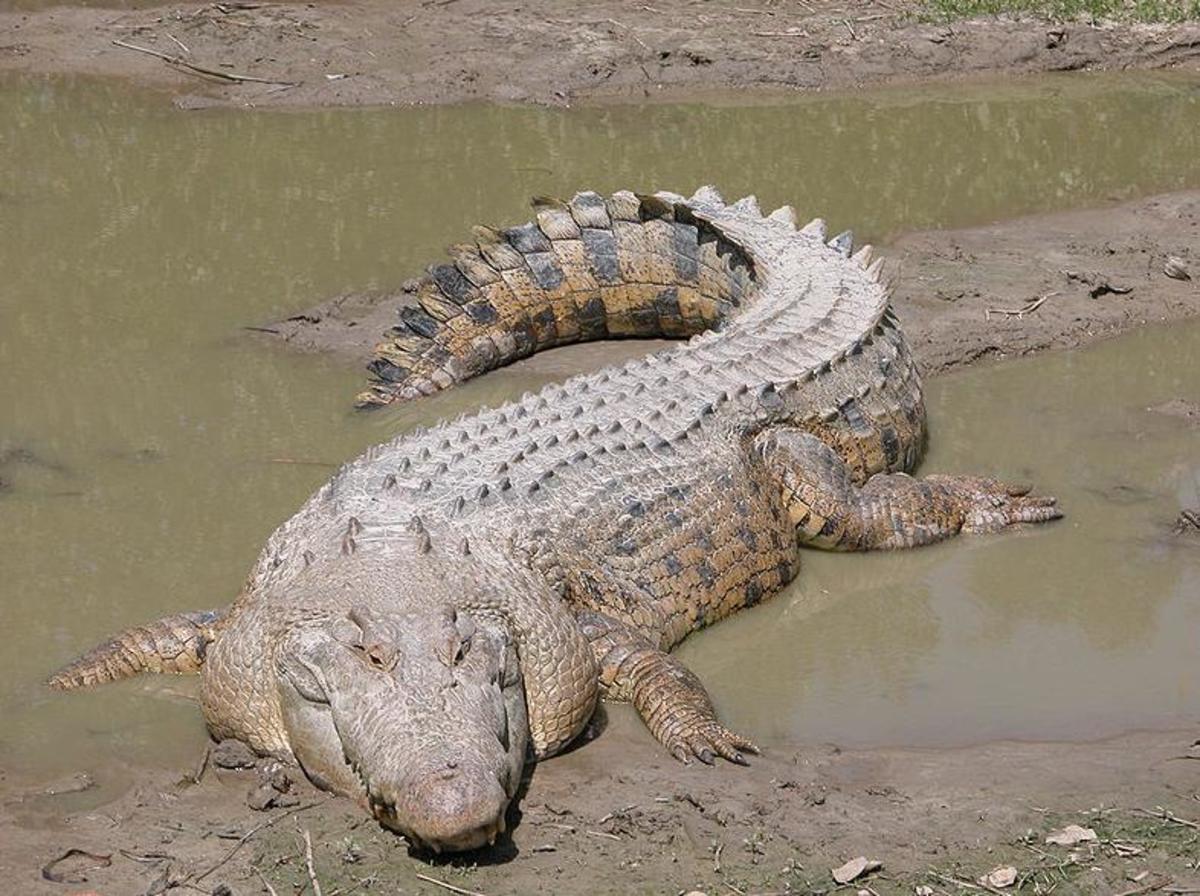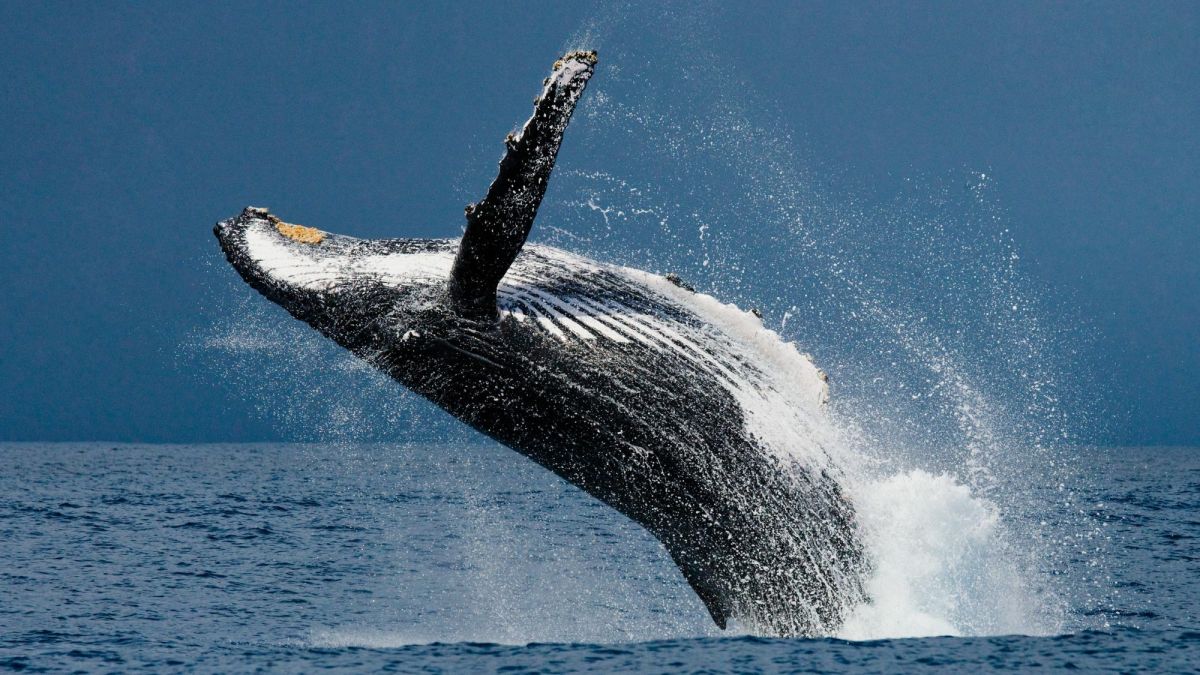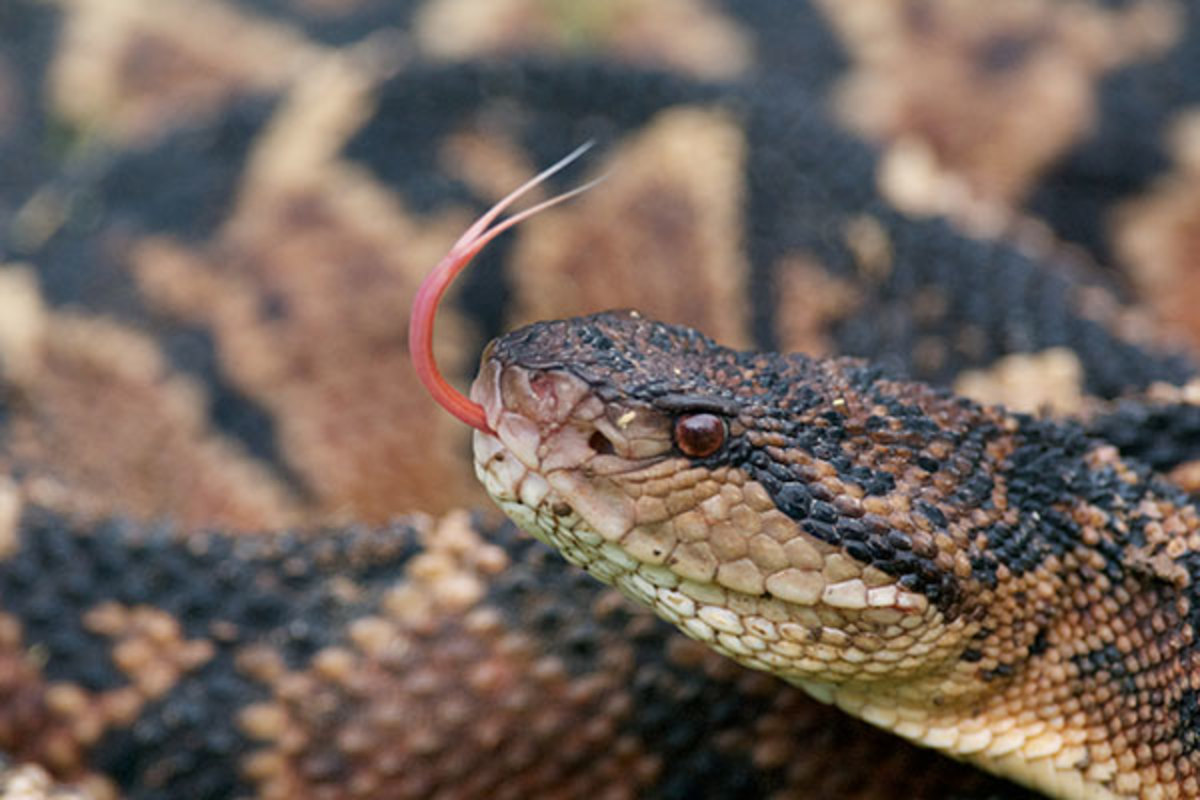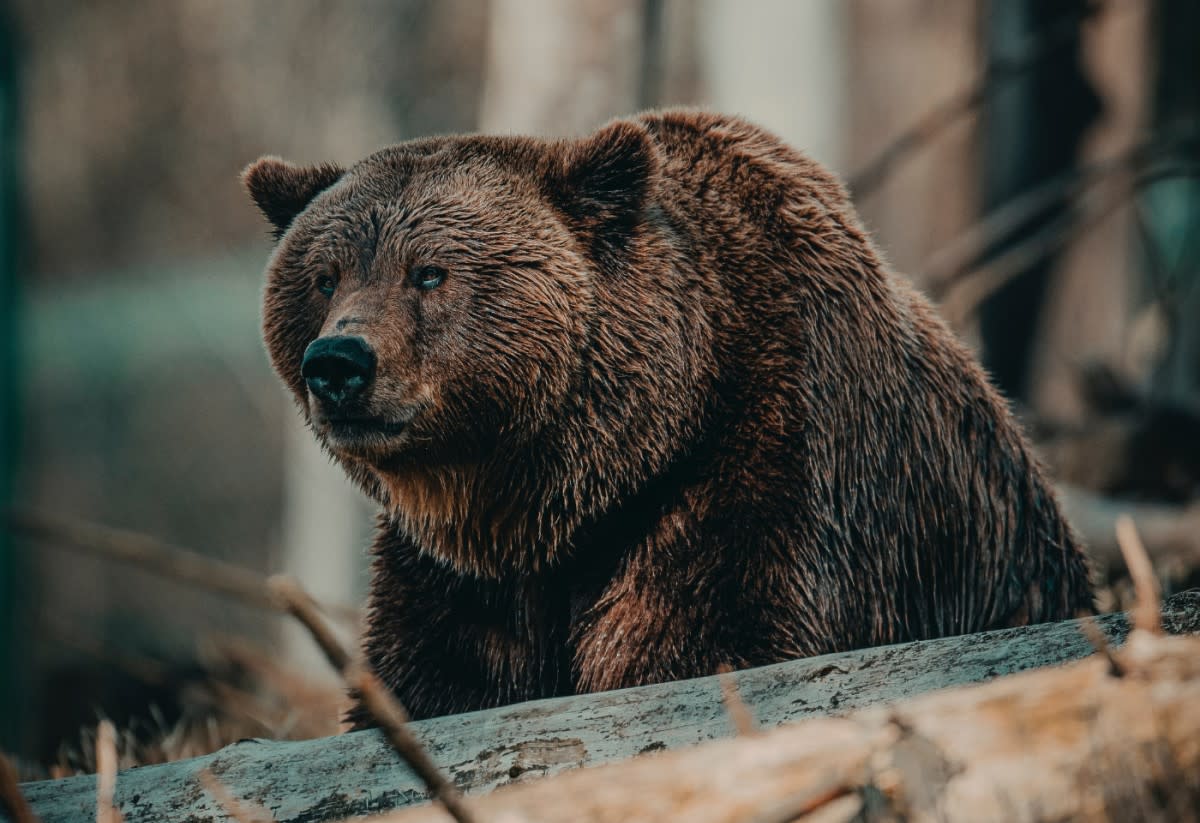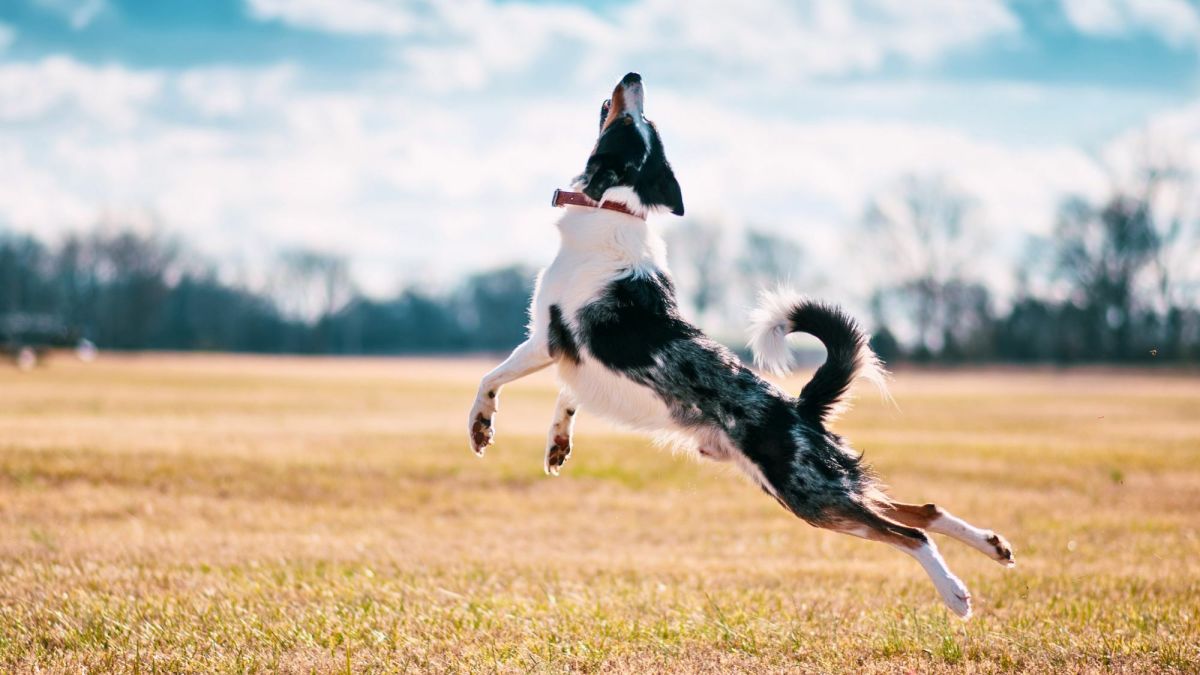Dangerous Animals in the World
I'm writing about deadly animals who will use sheer power, speed, and muscle to hunt prey. Check out some of my future hubs to see venomous hunters and other types of hunters in the wild!
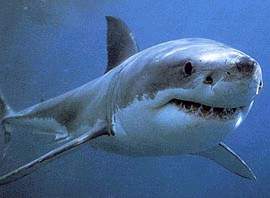
Great White Shark
The Great White Shark is one of the most feared predators in the world. A full-grown adult can reach lengths up to 25 feet and weigh over two tons. Rows of serrated teeth help to rip through flesh. Surprisingly enough, the bite force of a Great White isn't too threatening to humans. That is why sharks will latch onto prey and violently shake it, utilizing the serrated teeth.
Great Whites are the only known fish species to 'spy hop' or stick their head above the surface of the water to look for prey. In fact, sight is so important to Great Whites that the moment before striking prey, the shark will roll its eyes back into its head to protect them from harm. Many Great Whites have scars from prey fighting back, which justifies the rolling back of the eyes.
Great Whites can hear extremely well and even can detect motions from over a mile away. The Great White's face contains jelly-filled pouches that can detach muscle movement and heartbeats using electric fields. A struggling fish nearby can be detected easily and is equivalent to a ringing of the dinner bell. That is why shark experts say to be calm when encountered with a shark because they can literally sense your fear.
Great Whites are also the only species that has been spotted leaping out the water to attach prey. They race at speeds of thirty MPH and rush at prey from below.
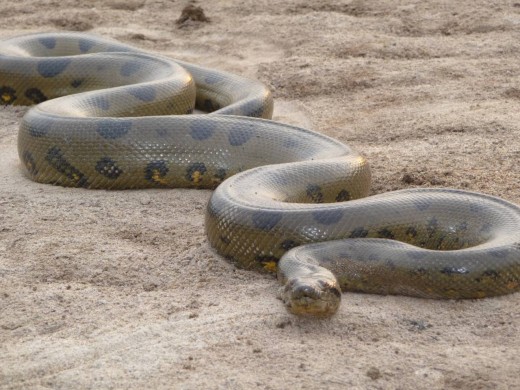
Green Anaconda
Weighing over 200 pounds and twenty feet long, South America's Green Anaconda makes the list. Most Green Anacondas will eat anything, but in the plains of South America, the majority of their diet consists of coppabara. Copabara is the largest rodent on Earth, weighing in at over 100 pounds.
The Green Anaconda is considered to be a constrictor, meaning it uses its tremendous body and incredible strength to squeeze its prey to death. Every time the prey exhales, the anaconda will tighten its grip, constricting air and blow flow, soon causing strokes and cardiac arrest. Using its six rows of teeth, the entire meal is swallowing whole. Anacondas' lower jaws are not fused to their skulls, so flexible ligaments permit the jaw to open extremely wide. The meal, however big it may be, must be swallowed whole and digested.
A Green Anaconda may eat a meal up to half its body weight in one gulp. Such a meal can hold this reptile for months but will actually take weeks to fully digest.
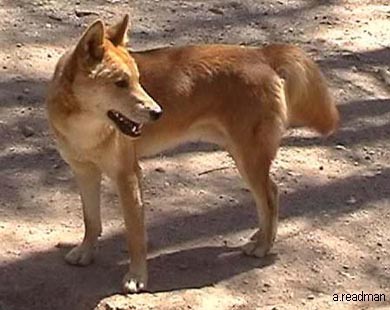
Dingo
Australia's Dingo is the top predator on its continent. Although it may look like the family pet, herds of Dingo are the most dangerous animals in the world. The main diet consists of Gray Kangaroos, which are nearly twice the size of an average Dingo. The Dingo pack will actually take turns chasing a large and faster prey, eventually tiring it out. This relay method reveals the intelligence of Dingos.
Dingos are also seen feasting on domesticated cattle (sheep, cows). Most packs work as a hierarchy, with a pecking order in line.
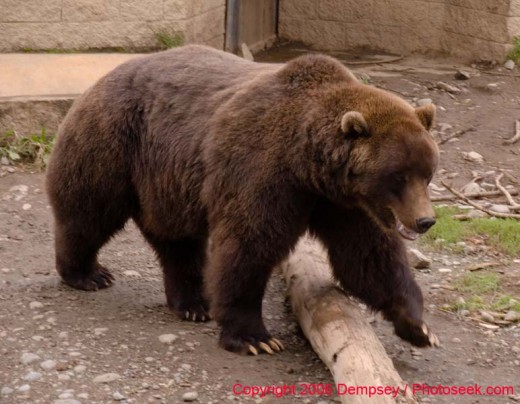
Grizzly Bear
Despite common knowledge, grizzly bears are not just carnivores. They have a row of flat teeth used for grinding on grass and plants, prying open shells, and for, well, eating anything else imaginable. A grizzly bear has been spotted eating garbage from a garbage can.
Weighing in at over 1,000 pounds and close ten feet, the grizzly's main two methods of eating requires tremendous speed and tremendous concentration. Grizzlies will chase down elk or bison, reaching speeds of 25 miles per hour or even faster. They will also sit by a river to feast on fish swimming by. The famous image of grizzles snatching fish traveling upstream is true.
An average-sized adult grizzly must eat around thirty to forty pounds of food to hold itself and be able to store for winter months.
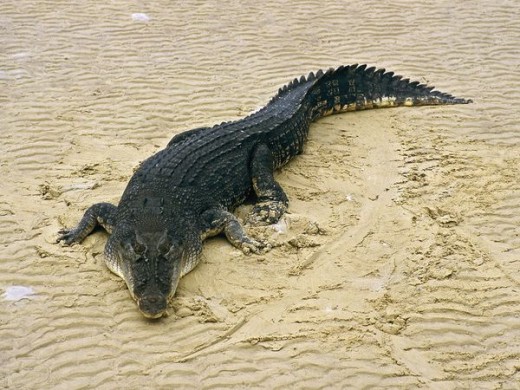
Crocodile
Crocodiles, particularly saltwater Crocodiles, are one of the most scariest species on Earth. Reaching lengths of twenty feet or more, crocodiles rely on stealth and brute bite force to hunt prey. A crocodile can exerted a bite force of 1500 pounds per square inch (psi). That is five times stronger than that of a Great White Shark. That bite, combined with the famous "death roll" (in which the crocodile will roll over in the water to finish off prey) offers no second chances to its prey.
Crocodiles have extremely sensitive senses, which allows for them to stealth under water and wait for prey to come to them. Most crocodiles can easily take down an animal twice its weight.
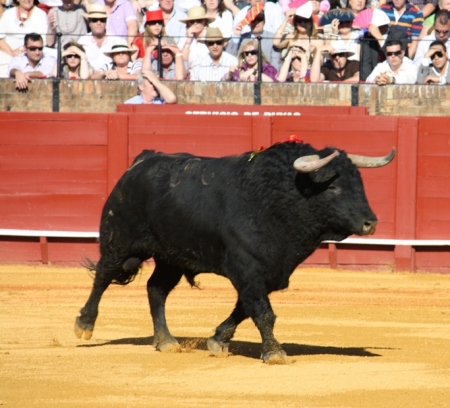
Spanish Fighting Bull
In Spain, the Spanish Fighting Bull is an honored animal. Used for entertainment, these animals are captured and put in the arena to fight a matador. Although it is the bull's "job" to die, sharp horns, incredible speeds, and brute strength allow the Spanish Fighting Bull to make the list.
Weighing in at 1500 pounds and clocking in at speeds of thirty MPH, the Spanish Fighting Bull poses a threat to any unlucky soul in its path.
Unfortunately, these animals have been responsible for the death of matadors and spectators in the arena.
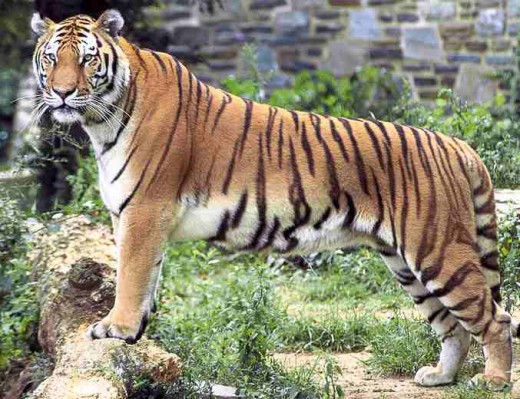
Tiger
The Tiger is the largest of the four big cat species. These animals use stealth and bursts of speed to take down prey. Despite common knowledge, tigers actually have poor stamina. If the prey prolongs the chase enough, the tiger will tire and force to give up.
Every single tiger in the world has its own distinct pattern of stripes. Tigers utilize these stripes to sneak up on prey and make a quick strike. A tiger must eat about twelve pounds of meat a day to survive.
Tigers tend to be loners; they hunt solo and, except for mating season, are very territorial towards other tigers. This explains why tigers tend to be unsuccessful when hunting: they have no help.
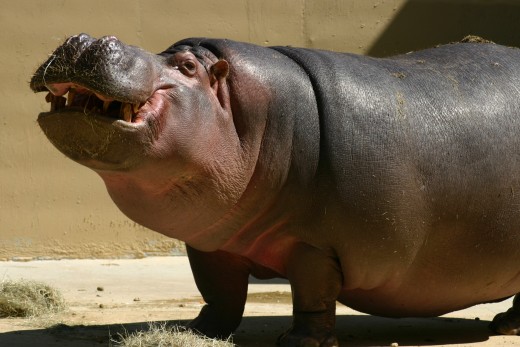
Hippopotamus
Despite common knowledge, the Hippopotamus, or "Hippo", is extremely aggressive and territorial. Reaching heights of fifteen feet and weights of 8,000 pounds, an angry Hippo is a dangerous sight. They have been known to charge and chase down humans to defend themselves.
The Hippo spends most of its time in the water grazing on vegetation. If disturbed, it will open its mouth to show two canines nearly eight inches long (sometimes longer).
Hippos frequently have scars or bruises all over their bodies. This is because they work as a group in a hierarchy system.

